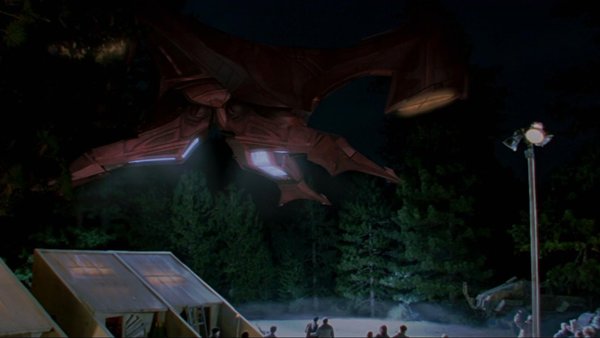Star Trek: 10 Things You Didn't Know About Warp Drive
Travel in the Star Trek universe is more interesting and more dangerous than you know.

Warp Drive is the single biggest tease that Star Trek has given the universe to date, though both the transporter and replicator systems are giving it a run for its money. The ability to travel vast distances in the galaxy is a highly attractive ideal, something that the human race could surely use now more than ever. With the planet facing so many crises, wouldn't the ability to nip to another world be sweet right about now?
So, how does it work? What is involved in building a Warp Core? Well for one, there's going to need to be some major mining discoveries as, to date, neither dilithium nor benamite has been found on or under the surface of Earth. Talk about falling at the first hurdle.
There are still options, such as transwarp or, god forbid, transwarp beaming to consider. However, these too come with challenges. As the key method of propulsion in Star Trek, warp drive remains an elusive achievement for the moment. But, with almost sixty years of development behind it, how have the writers in the franchise managed to explain it?
10. Humans Were Very Late To The Game

Everybody knows that humanity achieved their first independent warp flight on April 5th, 2063. On this day, Zefram Cochrane piloted the Phoenix, the ship that he created from the shell of a nuclear missile, breaking the light speed barrier for the first time. This attracted attention, widening humanity's view of the universe.
The Vulcan survey ship T'plana-Hath was passing through the Sol system and was alerted to the flight. They made first contact with Earth, beginning the process that would eventually lead to the formation of the Federation. For the Vulcans however, this achievement came almost three millennia after they had broken the light-speed barrier themselves.
It was roughly the 9th century BC, Earth reckoning when the Vulcans achieved warp drive. However, according to Ronald D. Moore, Cochrane is still credited as inventing warp drive as it is understood in the Star Trek universe. This could mean that the Vulcans had been using a less sophisticated form of propulsion - similar to the Romulan method of forced quantum singularities - that was then abandoned after meeting with Cochrane in the 21st century.